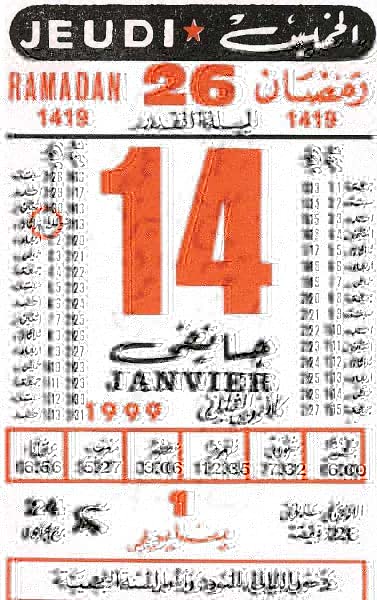The 'Berber calendar' is the annual calendar used by Berber people in North Africa. This calendar is also known in Arabic under the name of فلاحي fellāḥī "agricultural" or عجمي ajamī "not Arabic". It is employed to regulate the seasonal agricultural work. The Berber calendar is derived from the Julian calendar of ancient Roman origin.
In 1968, the Paris-based Berberist group the Académie berbère (also responsible for the Neo-Tifinagh alphabet) introduced a calendar era for the Berber calendar fixed to the accession year of the 10th century BC Egyptian Pharaoh Shoshenq I, who they identified as the first prominent Berber in history (he is recorded as being of Libyan origin). The Académie berbère set the zero year at 950 BC (a common estimate of the accession year of Shoshenq), which allows a convenient conversion of AD years by the addition of 950—thus 2000 AD was the year 2950 in this system.

Months
The Berber calendar has four seasons, each 3 months long. This list shows the corresponding gregorian dates.
Tagrest - Winter
- Jember, December 14 to January 13
- Yennayer, January 14 to February 13
- Furar, February 14 to March 13
Tafsut - Spring
- Meghres, March 14 to April 13
- Ibrir, April 14 to May 13
- Mayyu, May 14 to June 13.
Iwilen - Summer
- Yunyu, June 14 to July 13
- Yulyu, July 14 to August 13
- Ghust ou Awussu,August 14 to September 13
Amewan - Autumn.
- Shtember, September 14 to October 13
- Tuber, October 14 to November 14
- Wamber, November 14 to December 13.
